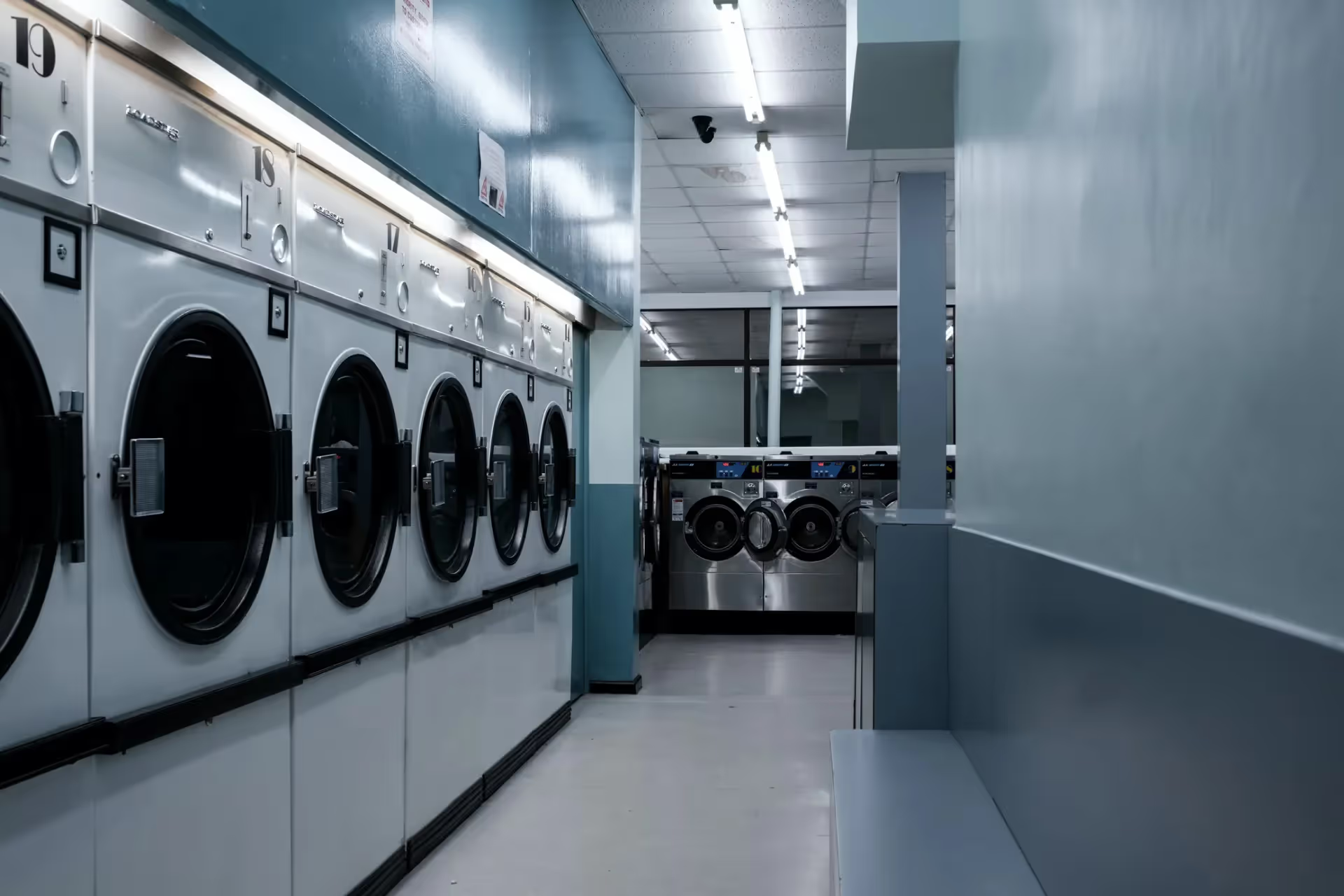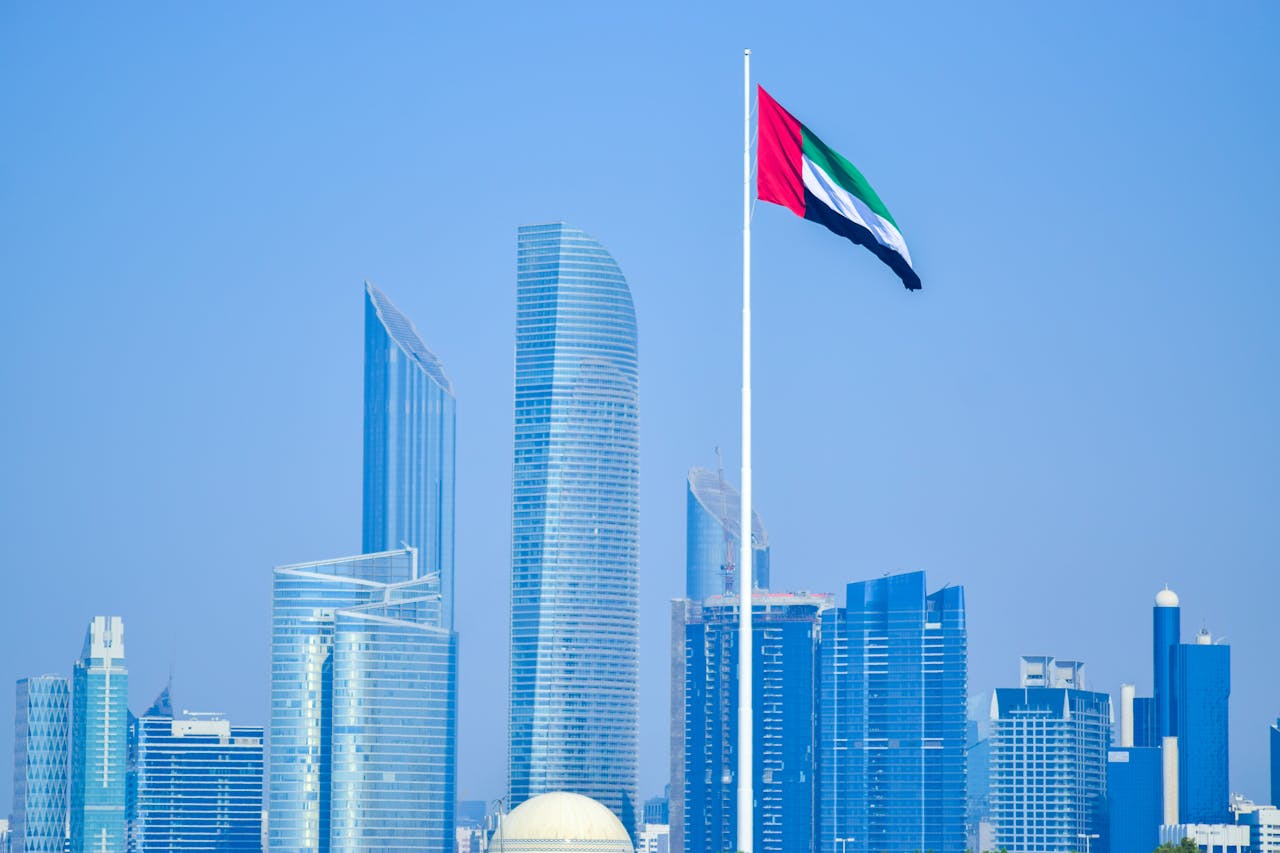Greenwashing is a barrier to sustainable development. Every day, consumers get bombarded with new information regarding corporate sustainability initiatives: McDonald's banning plastic straws, Coca-Cola using 50% recycled materials in their packaging, and so on. As consumers, we may question, however, whether or not these companies are honestly addressing the pressing environmental issues linked to their business activities.
As global consumers increasingly become more "environmentally-conscious," brands capitalise on the growing demand for sustainable products and services. Why? Brands see an economic benefit in doing so. But are companies who claim to be sustainable actually sustainable? Are they selling us a dream or a reality? This article explains how to spot greenwashing and how to avoid it.
What is Greenwashing?
It is vital first to understand the definition of greenwashing. It is not as easy as throwing a t-shirt in the washing machine and letting it turn green. According to the Cambridge dictionary, "greenwashing" is an attempt to make people believe that your company is doing more to protect the environment than it is. In other words, greenwashing is purely misleading consumers. It does not help pave the way to a sustainable future.
Greenwashing: Little green lies
Lincoln Star Journal, 2018.

Jay Westerveldemerged coined the term "greenwashing" in 1986, following the "save the towel" movement in the hotel industry. What hotels were doing was placing a notice in rooms asking guests to reuse their towels in order to protect the environment. In reality, the hotel just benefited from lower laundry costs. Products and services are greenwashed through massive marketing and PR strategies: rebranding, renaming, repackaging. Greenwashing is all about the idea that products are "chemical-free," "from natural origins," and more sustainable than their competitors.

Greenwashing is the essence of "anti-sustainable." Marketing strategies suck up air time and press corners, taking well-intentioned consumers down the wrong path. At the same time, environmental plights like ocean pollution and air pollution are stagnant or getting worse. In general, companies spend more money and time making the "we are sustainable" claim than they do implementing actual responsible business practices.
How to Identify Greenwashing
With numerous companies worldwide surfing the "green-sustainable wave," how can we (as consumers) spot greenwashing? How can we make the right sustainable choices? Firstly, we can check ourselves via "the seven sins of greenwashing," established by TerraChoice. This study on environmental claims helps consumers to detect greenwashing.

The Sins of Mister Greenwashing
Let's start with the Bible tenets on Greenwashing. The "sin of no proof" corresponds to an ecological claim with no scientific evidence, easily accessible supporting information, or support from verified third parties. So, as a sustainable soldier, it is your job to genuinely verify the claims companies make using facts and details. (e.g. transparent supply chain, life-cycle analysis)
Next, a "hidden trade-off" occurs when companies label a product as sustainable based on a small set of attributes, (e.g. bottle made out of 70% recycled plastic) while at the same time leaving other characteristics aside. (e.g. carbon emissions released, energy used during the manufacturing process, transportation method) Unfortunately, many companies need to learn more about life-cycle and sustainability accounting 101. When a business claims: "our products are made are from recycled-materials," we must ask ourselves, as consumers: "through which processes are these products made, from which materials are they produced, how are they disposed of?"
Lastly, the "sin of vagueness" is described as the use of "fluffy-language" that resonates like an empty shell. Terms like "all-natural" or "eco-friendly" are vague and do not represent a product's environmental impact. Often misunderstood by consumers, vague attributes are not necessarily sustainable. An example: product components like Mercury and arsenic are 'natural' but still poisonous.
The Green Trap
It is also important not to fall into the green visuals trap (e.g. flowers blooming, trees) or fall for eco-responsible logos. These types of subjective images do not support any sustainable claims and mislead a consumer's consciousness. For example, a beautiful green shampoo bottle with bamboo pictures and containing "natural argan oil" seems to be sustainable. Wait until you read the ingredient list, however, which likely only a Harvard medical student could make sense of: "• Ethylhexyl palmitate • ppg-14 butyl ether •ammonium acryloyldimethyltaurate."
"False labels" are also a key component of greenwashing. A false label is a 'certification' by third parties that do not exist, or a completely fake certification label. There is also "fibbing," which is advertising that makes flat-out false claims. (A company saying "we are Rainforest certified," for instance, and it not being true)

An Example of Greenwashing: the Fiji Water Case
We are all familiar with the plastic water bottle brand "Fiji." Fiji has used product placement with Hollywood celebrities and "water untouched by man" advertising to increase its market shares. Fiji has positioned itself as a sustainable brand and a "carbon-negative" product. When we examine the environmental impacts of plastic bottled water, this is quite surprising.
Fiji water was living the "green life" until the California-based Newport Trial Group filed a lawsuit against their false claims. The defendants claimed they removed more CO2 from the atmosphere than they emitted, making them carbon-negative. The brand justified their case by operating a discredited carbon accounting method known as "forward crediting." In other words, they did not remove more carbon emissions than they released. They claim credits for carbon reduction that may or may not take place up to several decades in the future.
Here is an explanatory video on the Greenwashing behind Fiji Water:
Wondering how to not make the Greenwashing mistake? Kickstart your company's sustainability journey by becoming carbon neutral. Begin monitoring your CO2 emissions with Plan A's carbon footprint calculator software. Launch the demo here.



.jpg)


